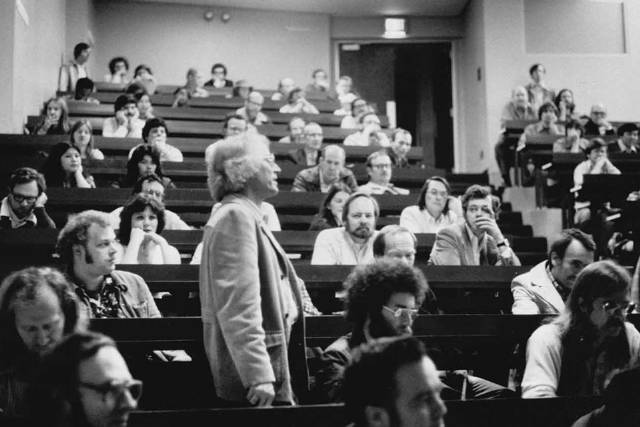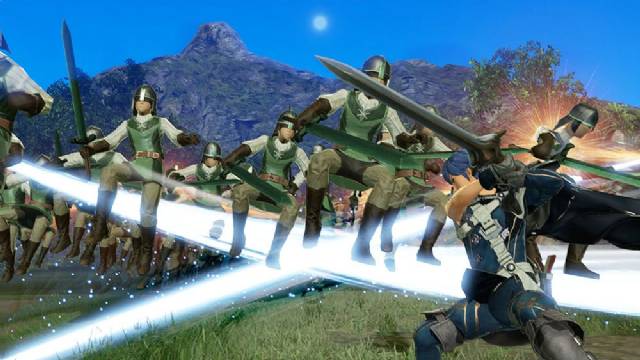The Pirates of Silicon Valley
The first to use such a name does not recall the modern stereotype: hackers of the 1950s were in fact academics, mathematicians and engineers involved in programming (often employed in US universities). At the time, computers were seen as industrial tools reserved for large companies, not as a mass product; were the first silicon Valley computer enthusiasts to change the trend somehow.
1975 marks the foundation year of the well-known Homebrew Computer Club , defined in certain environments as “the first Hacking club”. Needless to say, several members of the group ended up changing the world of computer science forever : they may come to mind, for example, the inventor of the cartridge (and the first programmable console based on ROM cartidge – which inaugurated the second generation video game) the creator of the first successful home computer business , the designer of the first laptop , and the very young duo that founded Apple(Steve Jobs and Steve Wozniak).
In addition to the passion for computers, the group was united by the desire to freely exchange information (in order to reach as many people as possible), one of the fundamental principles of the newly-born digital culture. Young Bill Gates , however, did not seem to share the philosophy of the club until shortly after the creation of the group published an open letter-addressed to the members-harshly condemning the use of the code (… or more precisely, of your code).
Citing an excerpt, ” Most hobbyists need to be aware that many of you steal your software, hardware is paid, but the software seems to be something to share. To those who care if the people who worked on it are they paid?“Today, it seems legitimate (almost disaggregated) as reasoning, yet the very concept of” proprietary code “was almost new to the times. The concrete possibility of incurring legal consequences as a result of sharing (or using” as we know, Bill Gates’s vision was still dominated by the fact that with the computerized oil spill seen in the ’80s, a software industry was born firmly a disadvantage of the “free” disclosure of digital material.
In other words, the concept of anti-copy protection was introduced.
80s Crackers
However, it was a double-edged blade: far from forgotten, the original principles of Homebrew Computer Club continued to live in a new generation of computer enthusiasts. Anti-copy systems, designed to disincentive the piracy, ended up with the lure of a group of young computer scientists, eager to put themselves to the test for the first time; among the first crackers of the 80’s, ” sprawling ” the software became a more common activity, followed by the natural sharing of pirated material.
Citing a article (published about twenty years ago) by Wired, “If you’re young, you love computers and you have a lot of time, there are three ways to impress your peers: you can hack into other people’s systems, you can crack the protection of games or software, or create demo . “In other words, the anti systems -copy was seen as a sort of challenge; being able to penetrate beyond specific protections (generally designed by big corporations) was a natural reason for pride and pride within specific communities .
Practice was preferred to classical hacking – in real security systems – as it was scarcely pursued at the legal level (finding itself in a sort of “gray zone”): if penetrating into a banking system (governmental or whatsoever) would assure a rapid alert from the authorities, the legal consequences of piracy all left to be desired. In addition, before the web, the phenomenon could only occur in small local nuclei, with activities often limited to narrow circles of friends (or more and more, acquaintances / trusted people); in short, whether to go back to the production of cloned DVDs – dissected to the illegal market – it may not be too difficult (being part of a business), with digital piracy more or less the opposite.



